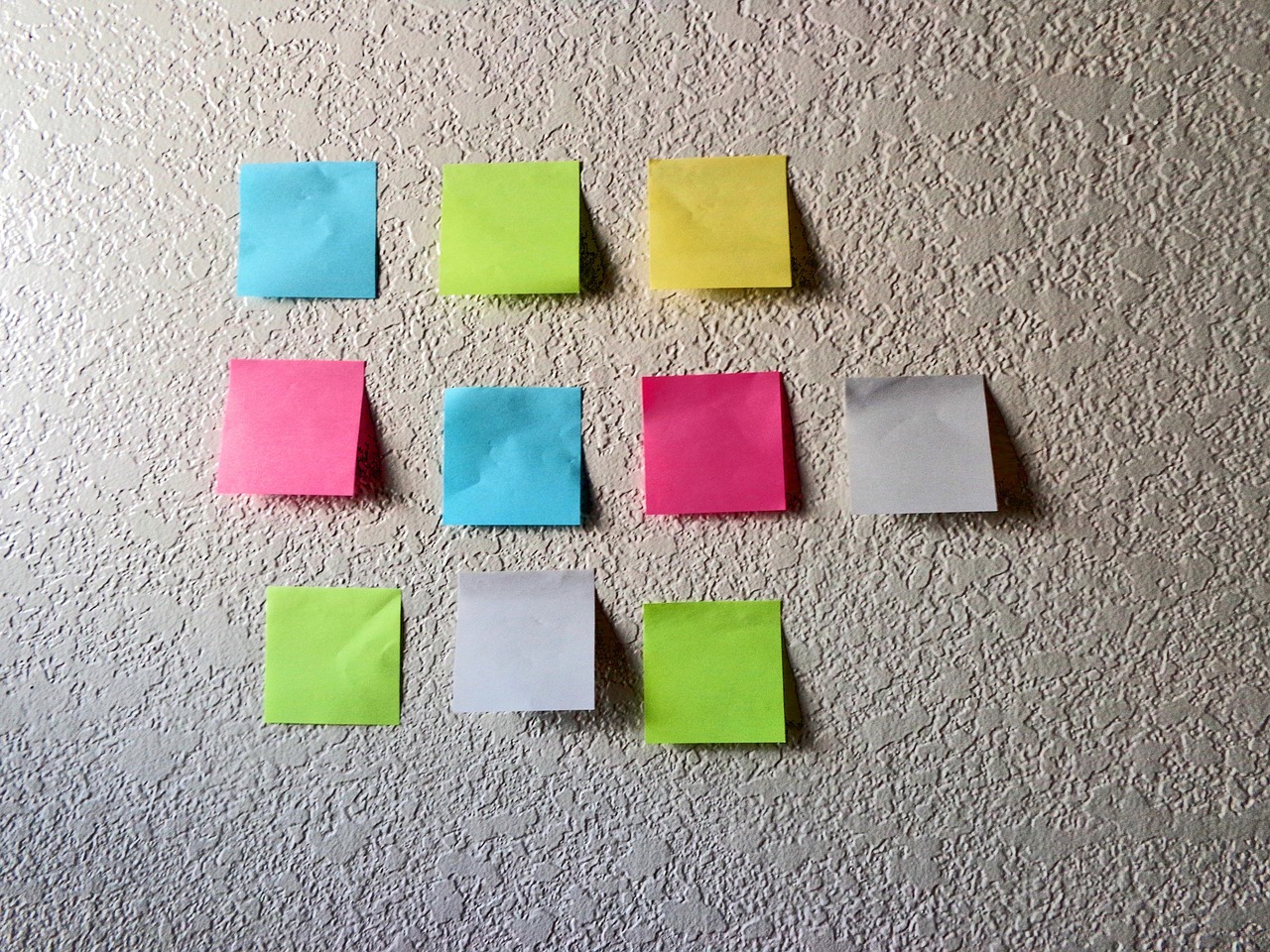Faculty Resources
Access resources, guidelines, and consultations for faculty from Seattle University's Center for Faculty Development, supporting professional growth and teaching excellence.

The Center for Faculty Development provides a variety of resources for faculty, including forms, guidelines, evidence-based information, and practical recommendations. If you are looking for something that is not listed below, please contact us for assistance. If you would like to discuss any of the resources below with a Center for Faculty Development consultant, please complete our online consultation request form.
Permission is granted to educational institutions to print copies of Center for Faculty Development documents for internal use, provided that each copy acknowledges the authorship of the Center for Faculty Development. Online copies are not permitted, but links to our site are encouraged.
/13x0:512x315/prod01/channel_34/media/seattle-university/center-for-faculty-development/images/Darts-and-dartboard---greenJPG-525X315.jpg)
/78x0:783x445/prod01/channel_34/media/seattle-university/center-for-faculty-development/Syllabus-template---no-textJPG-1.jpg)
SU syllabus template
/70x0:1210x720/prod01/channel_34/media/seattle-university/center-for-faculty-development/images/zen-2907290_1280-1.jpg)
/61x0:799x466/prod01/channel_34/media/seattle-university/center-for-faculty-development/images/Ignatian-Pedagogy---holistic-lamp-imageJPG-1.jpg)
Ignatian Pedagogical Paradigm (IPP)
/63x0:538x300/prod01/channel_34/media/seattle-university/center-for-faculty-development/images/Career-readiness---card---angled.png)
Student career readiness
/78x0:783x445/prod01/channel_34/media/seattle-university/center-for-faculty-development/images/Campus-closures-2024.png)
Teaching through campus closures
/234x0:1266x652/prod01/channel_34/media/seattle-university/center-for-faculty-development/images/Rainbow-of-CFD-books-2024.jpg)
Center Library
/267x0:2690x1530/prod01/channel_34/media/seattle-university/center-for-faculty-development/images/NCFDD-card-2024-1.png)
National Center for Faculty Development & Diversity
/0x34:1920x1247/prod01/channel_34/media/seattle-university/center-for-faculty-development/images/pexels-ann-h-45017-5515482.jpg)
Video resources
Printables and Guidelines
The Center for Faculty Development provides a variety of printable resources to faculty, including forms, guidelines, and information sheets on a number of teaching and learning related topics. If you are looking for something that is not listed below, please contact us for assistance. If you would like to discuss any of the resources below with a Center for Faculty Development consultant, please complete our online consultation request form.
Permission is granted to educational institutions to print copies of Center for Faculty Development documents for internal use, provided that each copy acknowledges the authorship of the Center for Faculty Development. Online copies are not permitted, but links to our site are encouraged.
